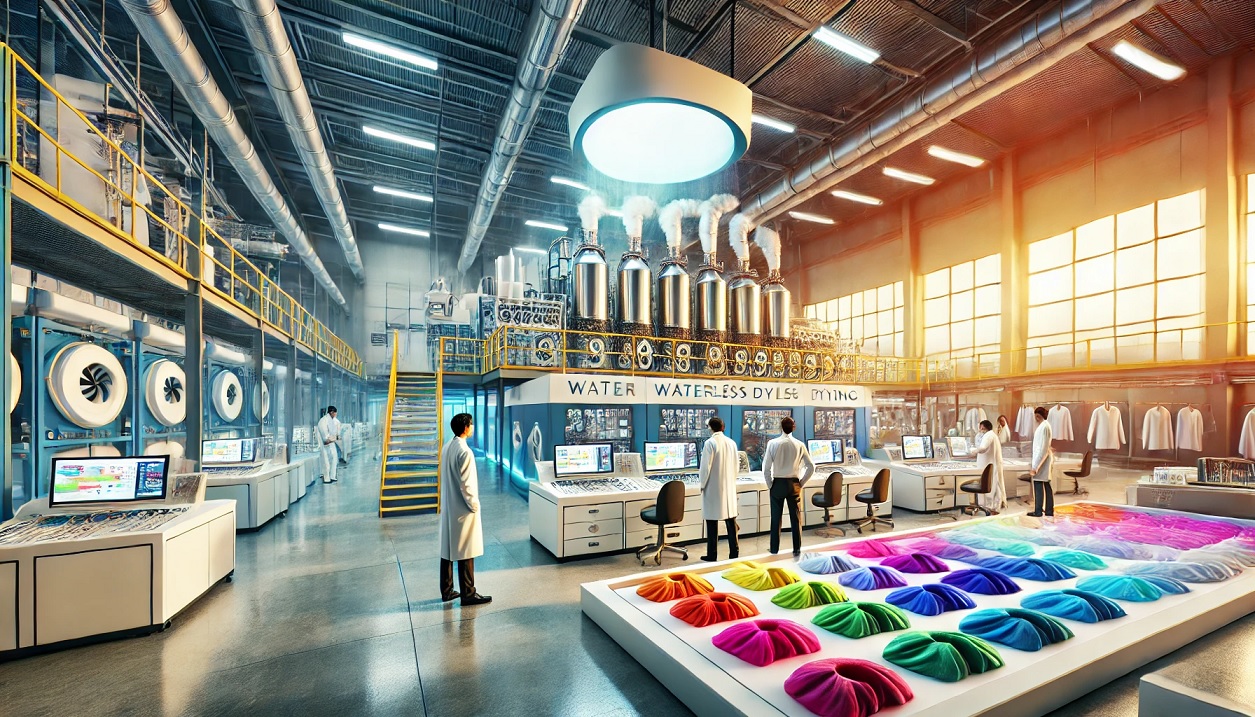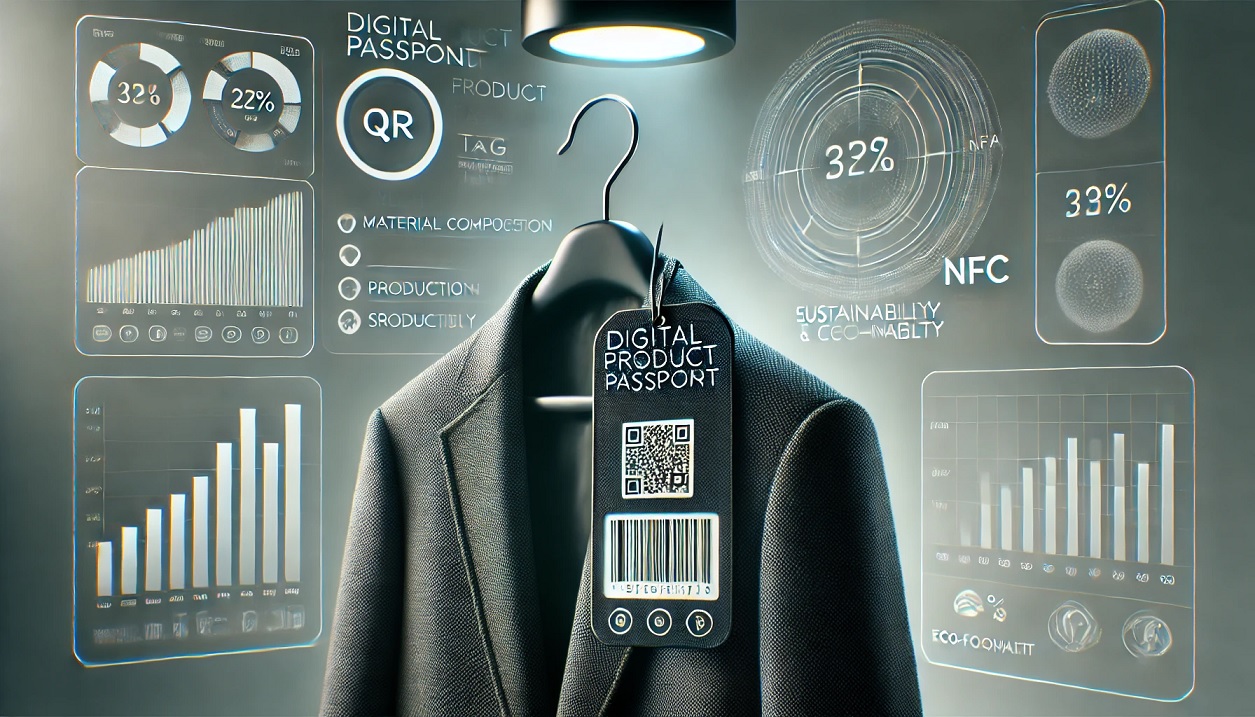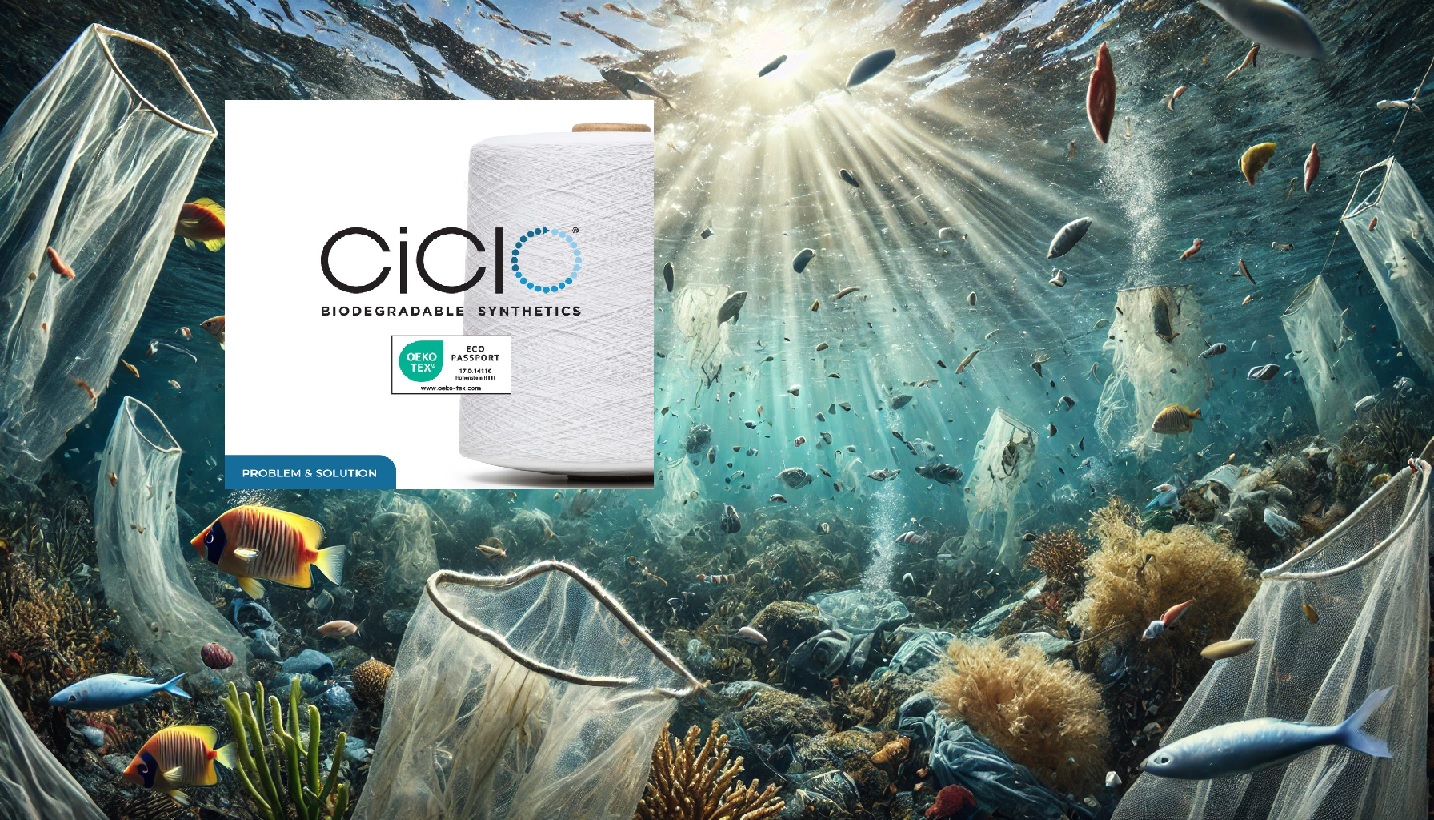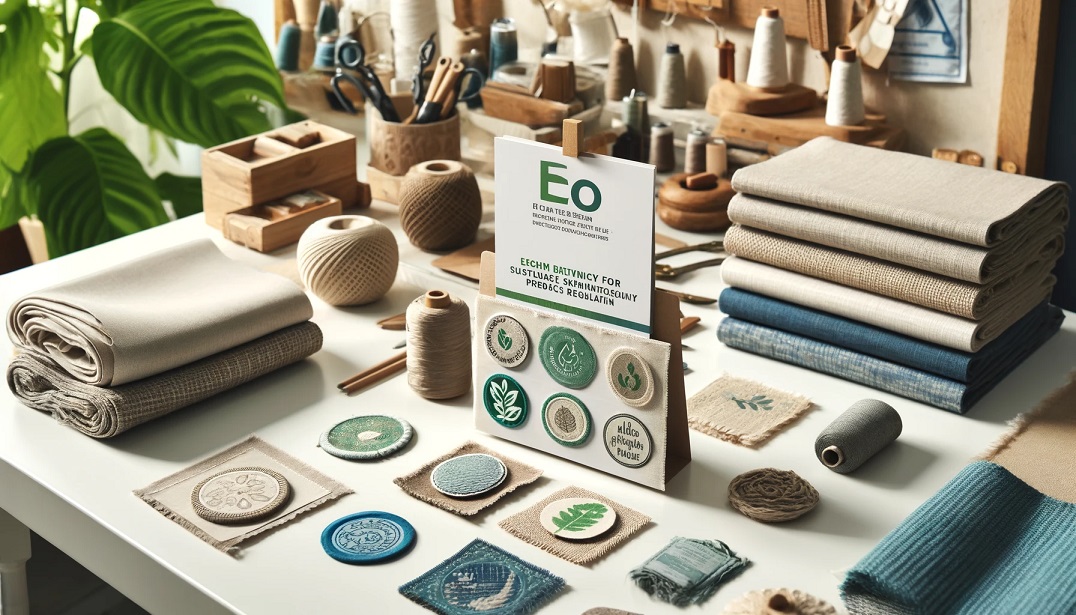Waterless Dyeing Technology
The textile industry is facing a critical challenge with its traditional dyeing processes, which consume vast amounts of water and release harmful pollutants into the environment. The industry’s reliance on water not only contributes to global water scarcity but also generates significant wastewater, laden with toxic chemicals that endanger ecosystems and human health.
ECOHUES™: A Breakthrough in Sustainable Dyeing
Enter ECOHUES™, a groundbreaking waterless dyeing technology that uses a 100% recyclable non-aqueous solvent instead of water as the dyeing medium. This innovation not only drastically reduces water and chemical usage but also enhances production efficiency, setting a new standard for sustainable practices in the fashion industry.
Water Consumption Reduced by 95%
ECOHUES™ technology replaces water with a recyclable non-aqueous solvent for reactive dyeing, achieving a remarkable 95% reduction in water usage. By eliminating soap washing after dyeing and simplifying the pre-treatment process, this innovative process significantly conserves water resources.
Zero Salt Usage
Traditional dyeing processes often require salt as a dyeing assistant, resulting in high salinity wastewater that is challenging to treat. ECOHUES™ eliminates the use of salt entirely, reducing chemical usage and preventing the generation of high-salinity wastewater.
Dyestuff Utilization Increased by 97%
ECOHUES™ boasts a dyestuff utilization rate of 97%, compared to the lower efficiency of conventional methods. By preventing the hydrolysis of dyes, this technology ensures that more dye is effectively used, reducing waste and lowering the overall amount of dyestuff required.
Enhanced Production Efficiency
The simplified ECOHUES™ process not only conserves resources but also improves production efficiency. Dyeing vat occupation time is reduced from 12 hours to just 6-8 hours, increasing productivity and economic benefits for manufacturers.
The ECOHUES™ Certification and Traceability System
To further enhance transparency and consumer trust, ECOHUES™ offers a Waterless Dyeing Certification & Traceability System. This system uses a trusted transaction accounting mechanism to trace and grade products, ensuring accountability and sustainability. Additionally, garments dyed with ECOHUES™ can carry NFC chip-enabled hangtags, allowing consumers to access detailed traceability and water-saving information via their smartphones.
The Future of Sustainable Fashion
ECOHUES™ represents a significant leap forward in sustainable textile dyeing, addressing the industry’s most pressing environmental challenges. By adopting this innovative technology, the fashion industry can drastically reduce its water footprint, minimize chemical pollution, and improve production efficiency. This shift not only benefits the environment but also aligns with the growing consumer demand for sustainable and transparent products.
Conclusion
The transition to ECOHUES™ waterless dyeing technology is a crucial step towards a more sustainable future for the textile industry. By tackling the twin challenges of water scarcity and pollution, ECOHUES™ sets a new benchmark for eco-friendly practices in fashion. As the industry embraces these innovations, it can lead the way in preserving our planet’s precious resources and ensuring a healthier environment for future generations.



